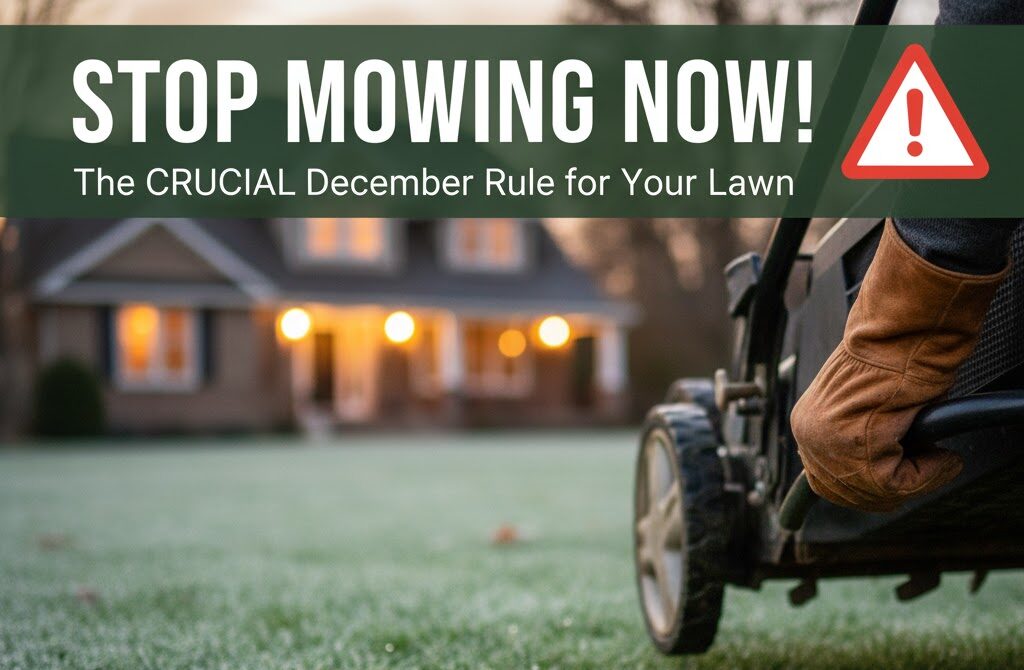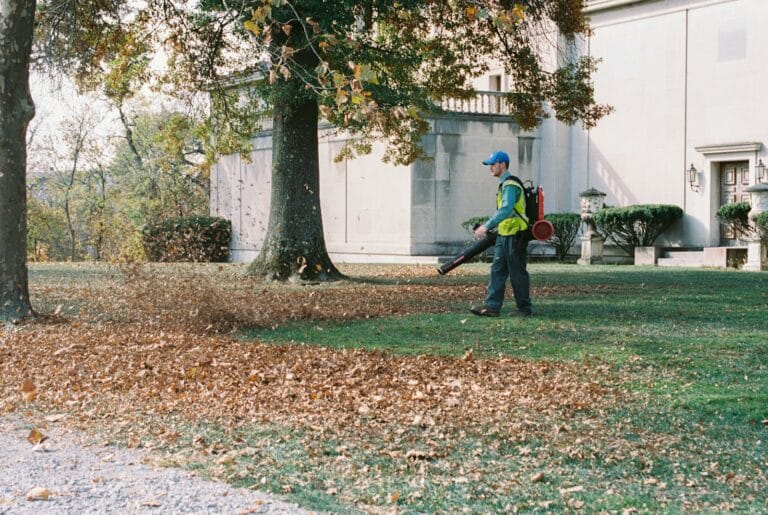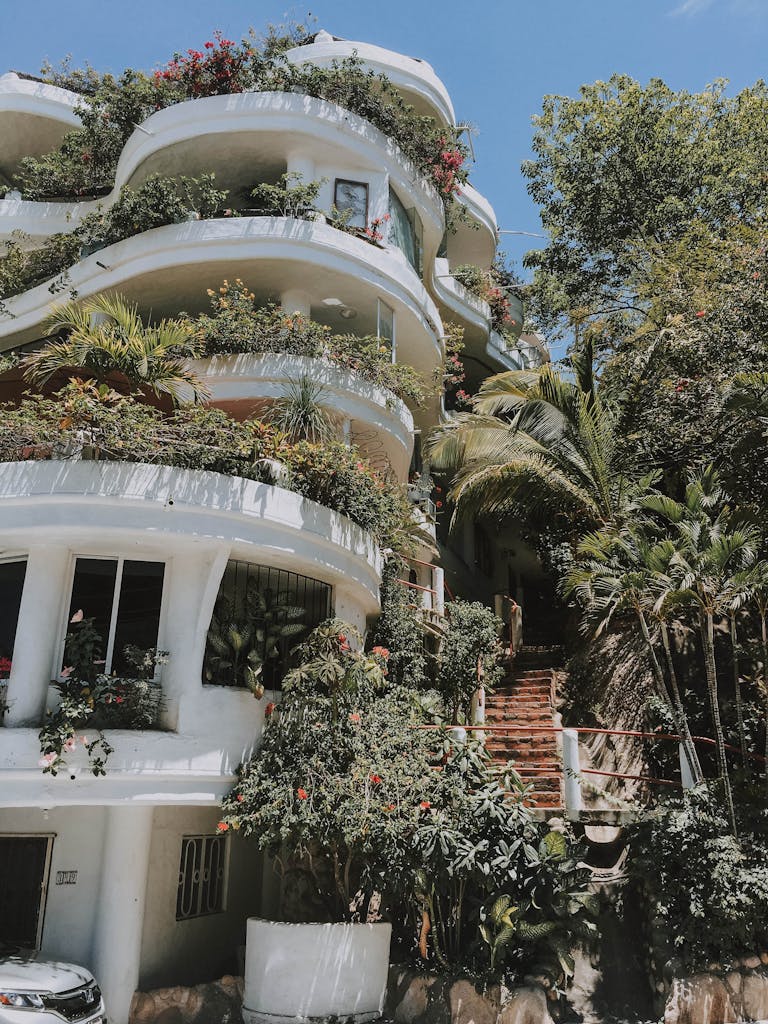Why Experts Urge Homeowners to Stop Mowing Right Now (The December Rule)

As winter sets in, the familiar hum of lawnmowers usually fades, but many homeowners are still tempted to give their grass one last trim. However, leading lawn care experts are issuing a stark warning: put away your mowers right now. Ignoring this crucial “December Rule” can have detrimental effects on your lawn’s health, making it more vulnerable to winter damage, diseases, and a weak spring comeback. Understanding the science behind this seasonal directive is key to ensuring your turf emerges vibrant and resilient next year. Let’s dive into why this seemingly small act of restraint can make all the difference.
The “December Rule”: Why Mowing Now Is a Major Mistake
The “December Rule” (or late-season no-mow directive) is based on the physiological changes grass undergoes as temperatures drop. As winter approaches, grass shifts from active growth to a semi-dormant or dormant state. During this critical transition, every blade plays a vital role in storing energy and insulating the plant’s crown (the crucial growth point at the base of the grass).
Key Reasons to Stop Mowing:
- Energy Reserves: Grass blades act like solar panels, absorbing sunlight to produce energy. Mowing removes these crucial energy-producing parts, reducing the plant’s ability to store carbohydrates needed to survive the cold, dark winter. A depleted grass plant is a weak plant, susceptible to winter kill.
- Crown Protection: A slightly longer blade length (ideally 2.5 to 3 inches) provides a natural insulating layer over the grass crown. This protects the delicate growth point from freezing temperatures, harsh winds, and frost heave. Mowing too short exposes the crown to the elements, leaving it vulnerable.
- Disease Prevention: While it might seem counterintuitive, very short grass can be more prone to certain winter diseases like pink snow mold or gray snow mold, especially if snow cover is heavy. Longer blades help create better airflow, reducing moisture buildup that can lead to fungal growth.
- Delayed Spring Growth: A strong, well-protected crown with ample energy reserves will “wake up” faster and greener in spring. Mowing too late can stunt this early spring vigor, leading to a patchy or delayed green-up.
When Is the Absolute Last Time You Should Mow Your Lawn?
Determining the “last mow” isn’t strictly about the calendar date, but rather about the ground temperature and grass growth rate.
The Expert Guideline:
- When Growth Stops: The ideal time for the last mow is when your grass visibly stops growing. This usually happens when soil temperatures consistently fall below 50°F (10°C).
- Temperature Consistency: Watch for several consecutive days where daytime temperatures stay below 50°F and nighttime temperatures approach freezing. In many northern regions of the US, this is typically late October to mid-November. For southern states with milder winters, it might be later, but the principle of no active growth still applies.
- Check Local Extension Offices: Your local university extension office often provides specific guidelines for your region based on historical weather patterns.
The “December Rule” Exception (Very Rare):
In extremely rare cases, in very warm, usually southern climates, if there’s an unusually warm spell and grass shows significant active growth in early December, a very light trim (no more than 1/3 of the blade length) might be considered. However, this is an exception, not the rule, and most experts still advise against it to preserve energy stores.
People Also Ask (PAA): Your Winter Mowing Questions Answered
Many homeowners have pressing questions about their final mow and winter lawn preparation. Here are some common queries:
Q1: What happens if you cut grass too short before winter?
Cutting grass too short (scalping) before winter significantly reduces its ability to photosynthesize and store energy. It exposes the delicate grass crown to harsh winter elements, increasing the risk of winter kill, frost damage, and susceptibility to diseases like snow mold. This leads to a weaker, slower recovery in spring.
Q2: How long should grass be for winter?
Experts generally recommend keeping your grass blades at a length of 2.5 to 3 inches for the final mow before winter. This length provides optimal insulation for the grass crown and allows sufficient blade surface for energy storage without becoming too long and prone to matting.
Q3: Should you leave grass clippings on the lawn over winter?
Yes, for the last few mows (when the clippings are short), leaving them on the lawn can be beneficial. These clippings, known as “mulch mowing,” decompose and return valuable nutrients to the soil. However, ensure the clippings are not excessive or clumpy, as thick layers can smother the grass and promote fungal growth. For the very last mow (if you choose to do one), if the clippings are short and evenly distributed, leaving them is fine.
Q4: When should you stop fertilizing your lawn for winter?
Fertilizing in late fall is often recommended with a “winterizer” fertilizer, which is high in potassium to strengthen roots. The best time is typically late October to early November, just before the last mow or when the grass is preparing for dormancy, but before the ground freezes. Avoid fertilizing too late in winter when the grass is fully dormant, as it won’t be able to absorb the nutrients effectively.
Protect Your Investment: Heed the December Rule
Your lawn is a significant investment, both in time and money. Ignoring the “December Rule” by mowing too late or too short can undo months of careful cultivation and lead to an uphill battle come spring. By simply putting away your mower as your grass naturally prepares for dormancy, you’re not just saving yourself a chore; you’re actively engaging in a vital act of protection. Let your lawn rest, recuperate, and store the energy it needs to burst back to life, greener and stronger than ever, when spring finally arrives.
To keep your yard fit and beautiful all year round and to discover more invaluable tips, visit our Fit for Yard homepage and stay connected with our latest gardening news and updates.






